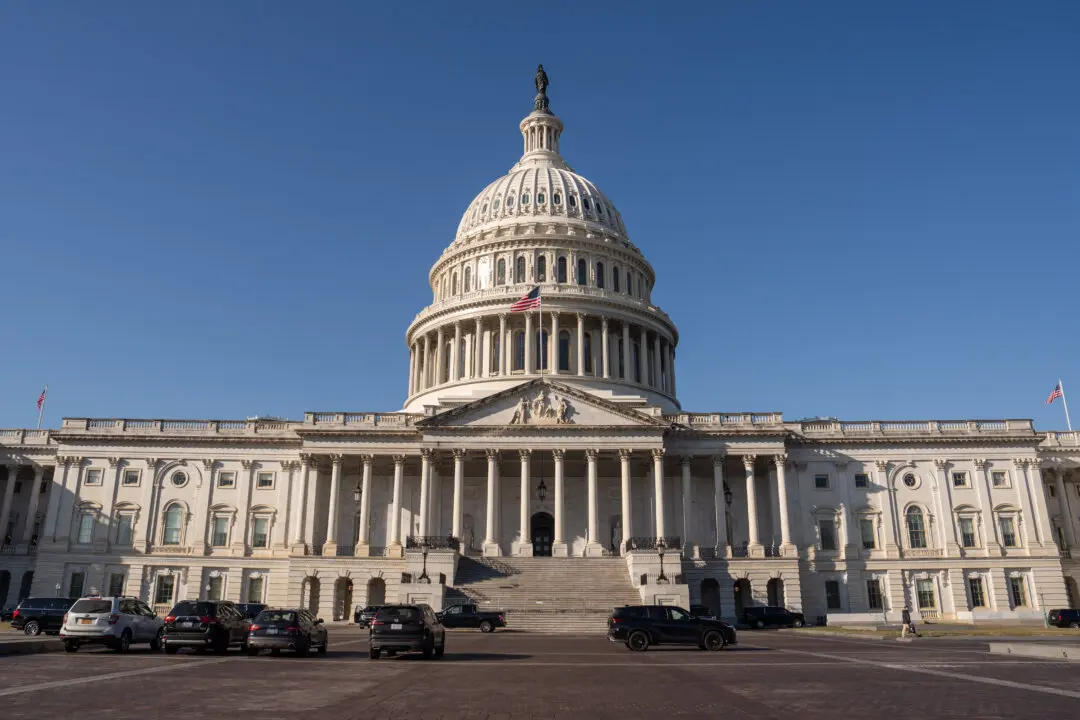More than $5.7 trillion in federal money has been authorized for allocation under five pandemic stimulus packages approved by Congress between March 2020 and March 2021 with assistance awarded to a diverse mix of recipients ranging from individuals, small businesses, corporations, nonprofits, foundations, contractors, and governments of all shapes and sizes.
But when the first of the five aid packages, the $2.2 trillion Coronavirus Aid, Relief and Economic Security Act (CARES) Act, was adopted in March 2020, the sudden, massive avalanche of federal aid overwhelmed existing public-private funding sluiceways and federal grant pipelines.





